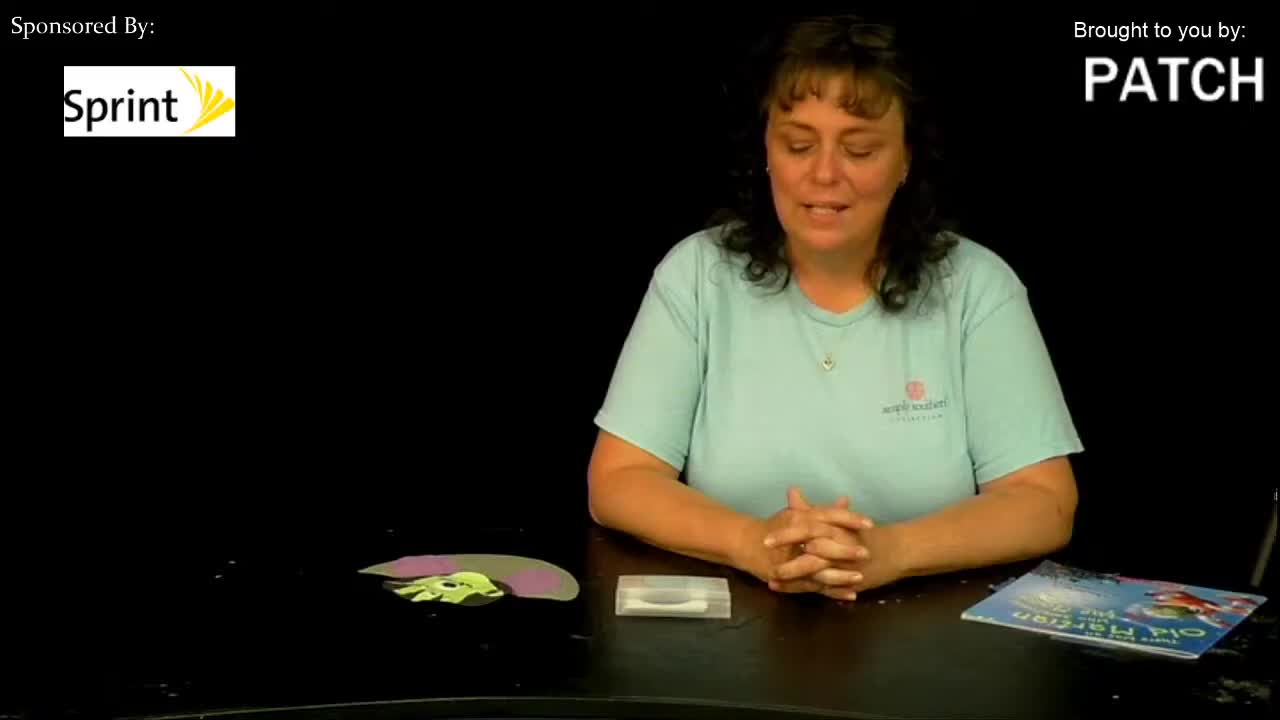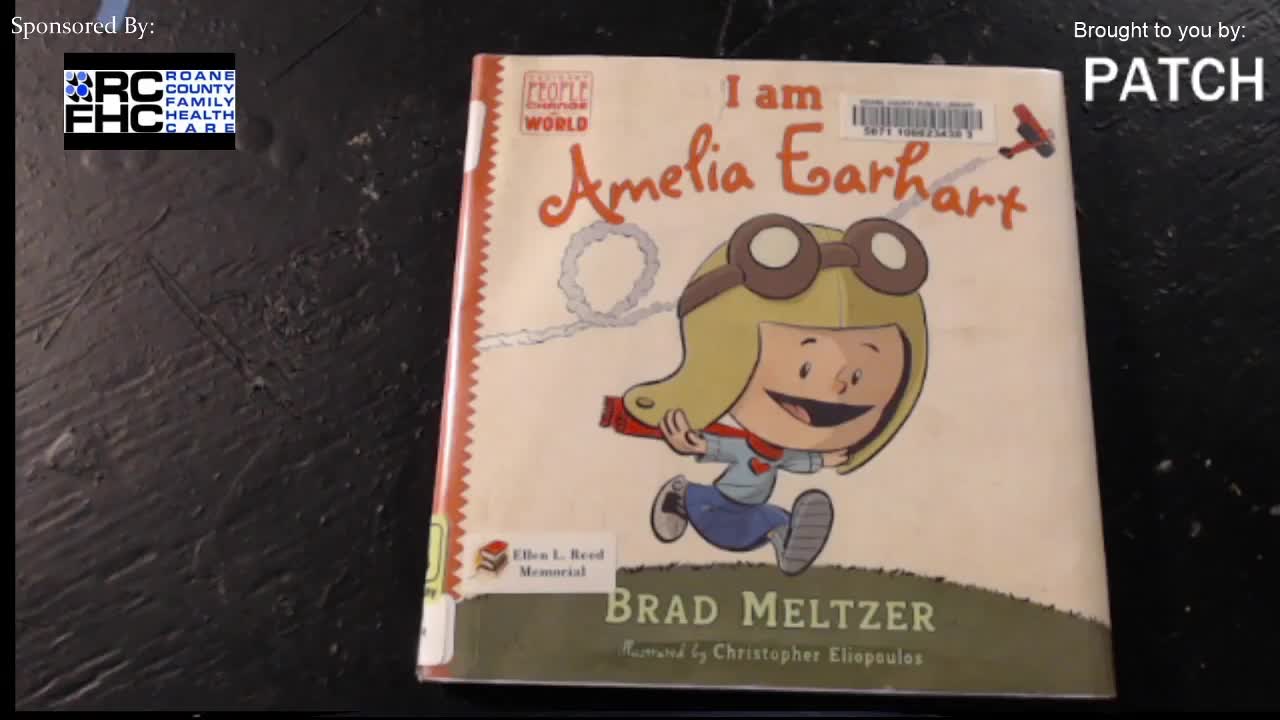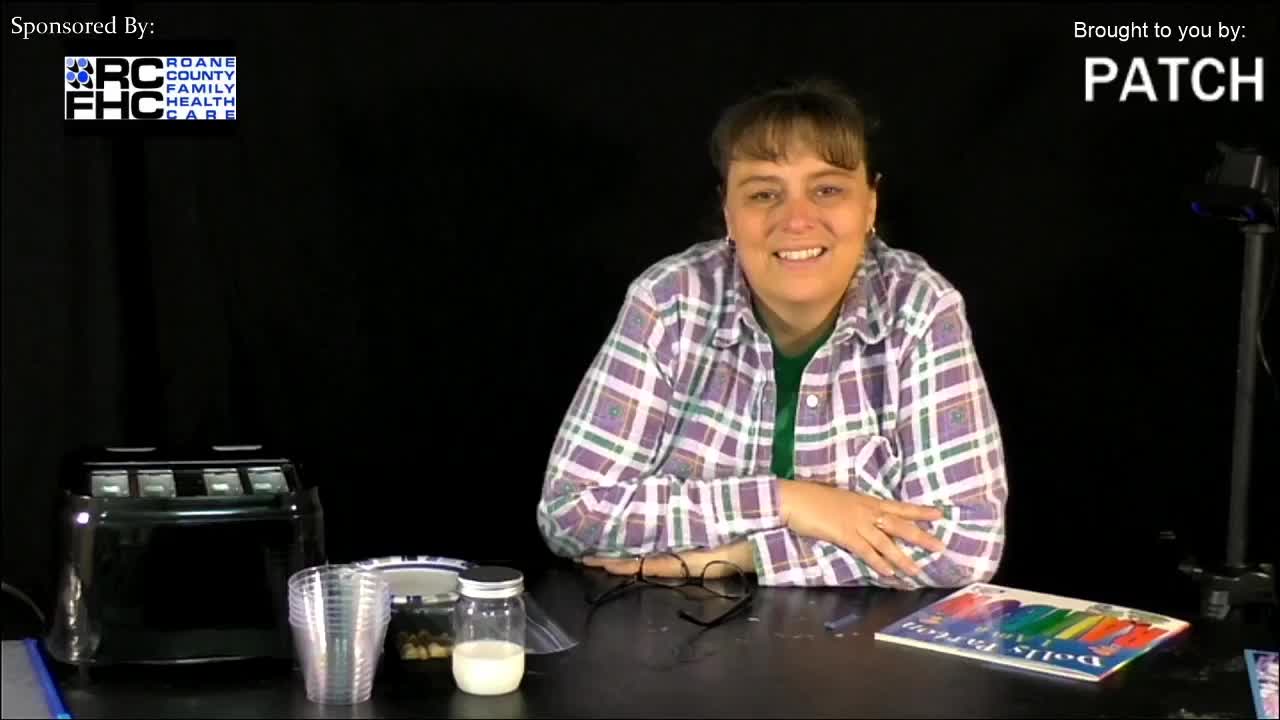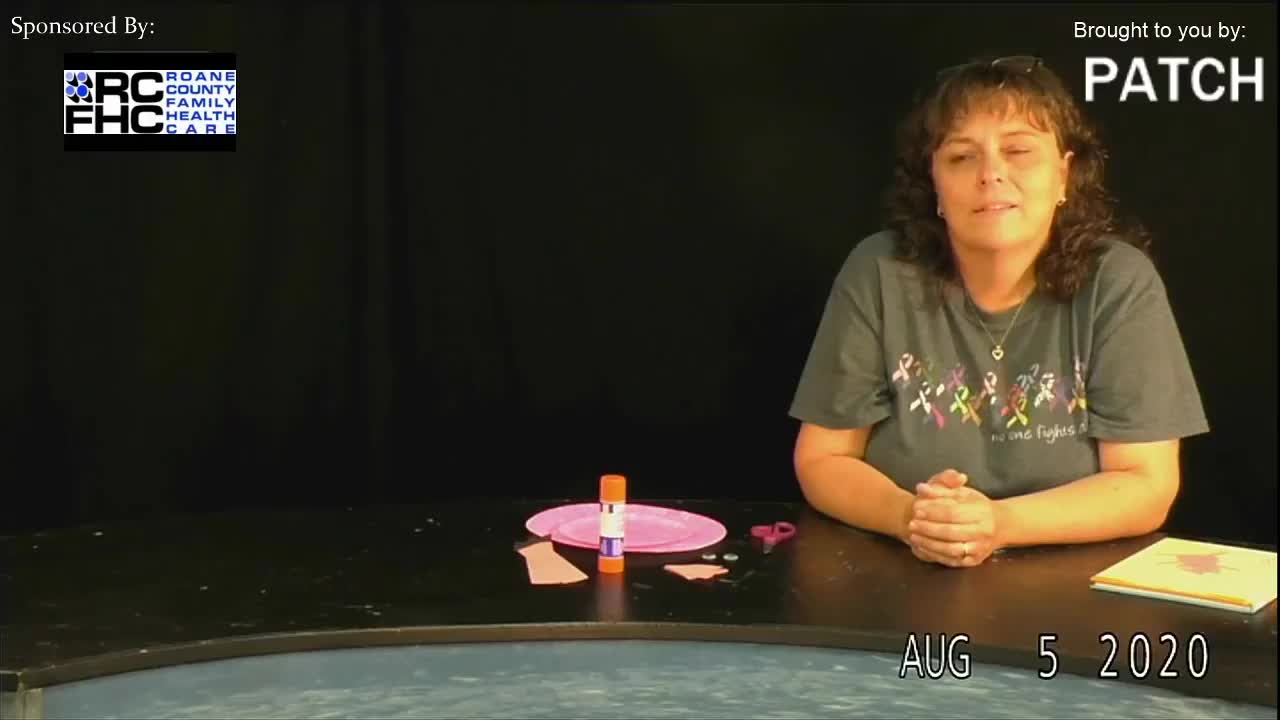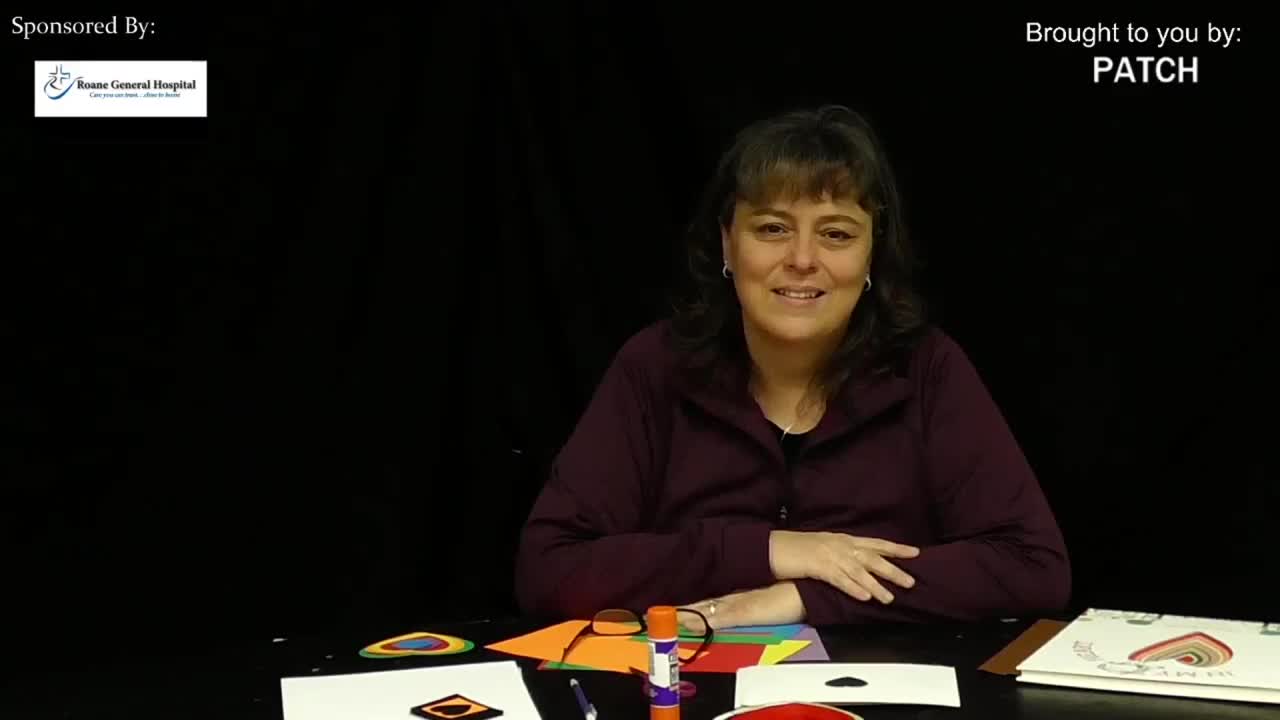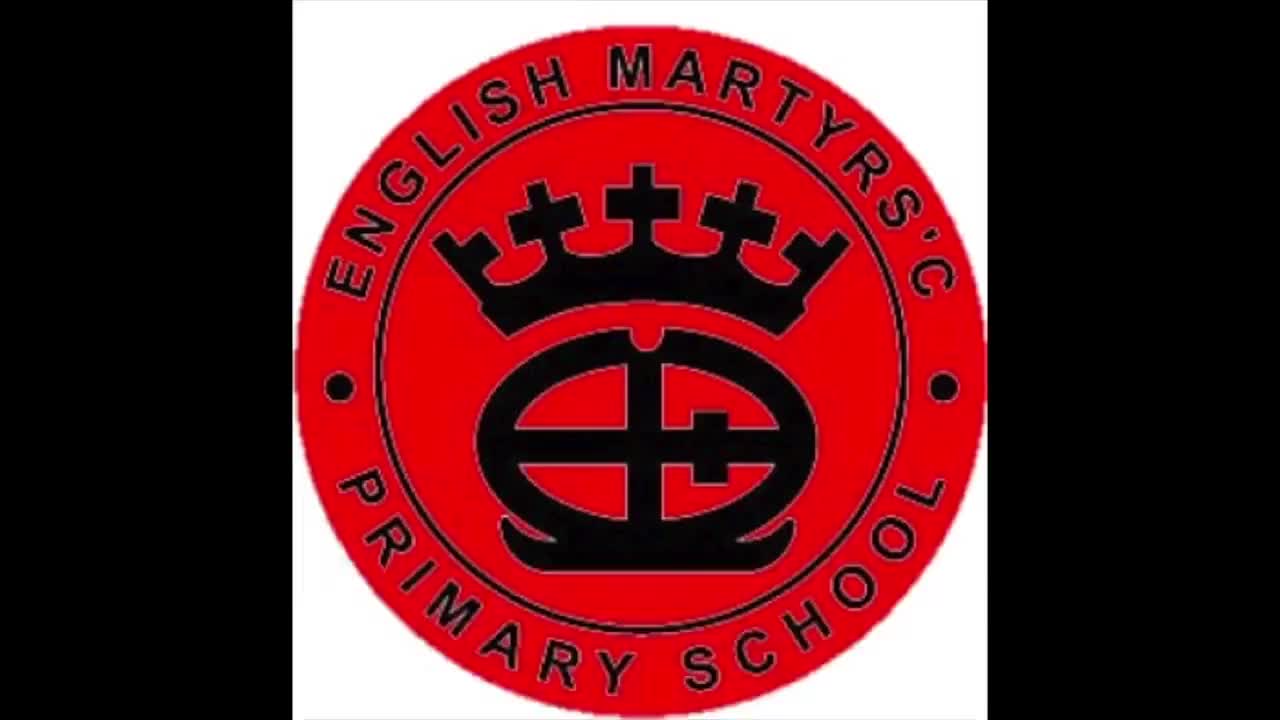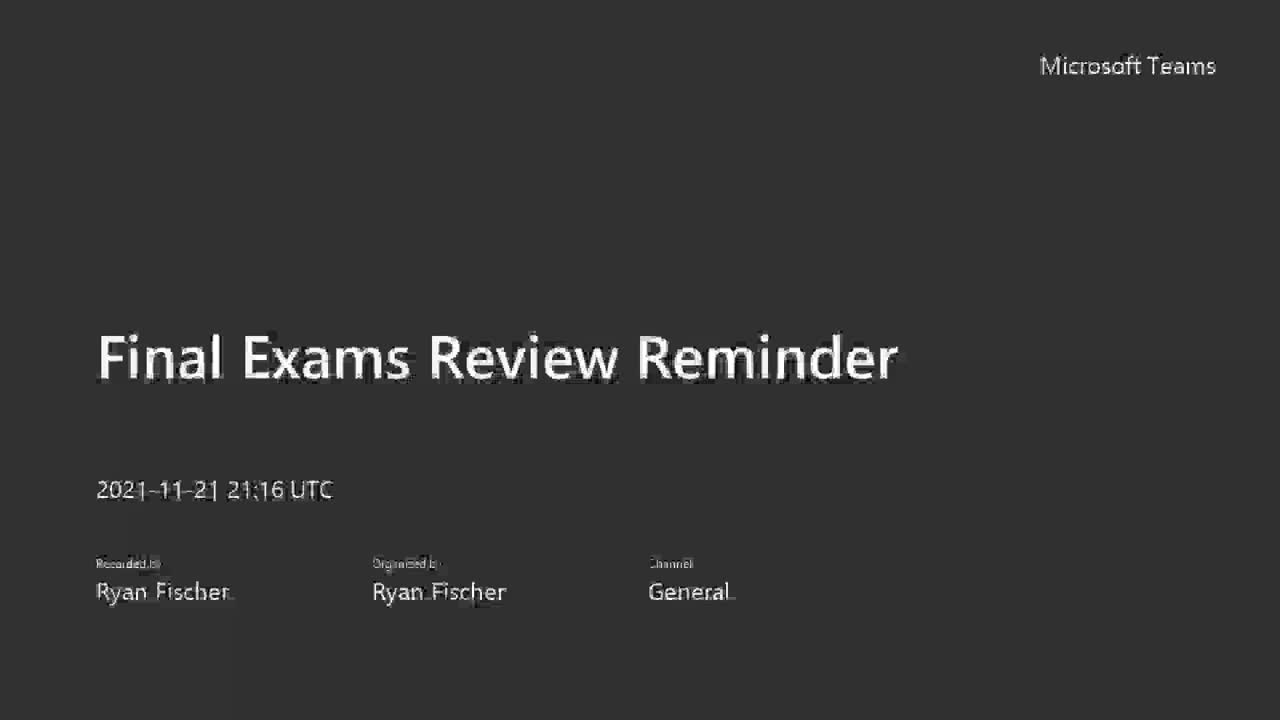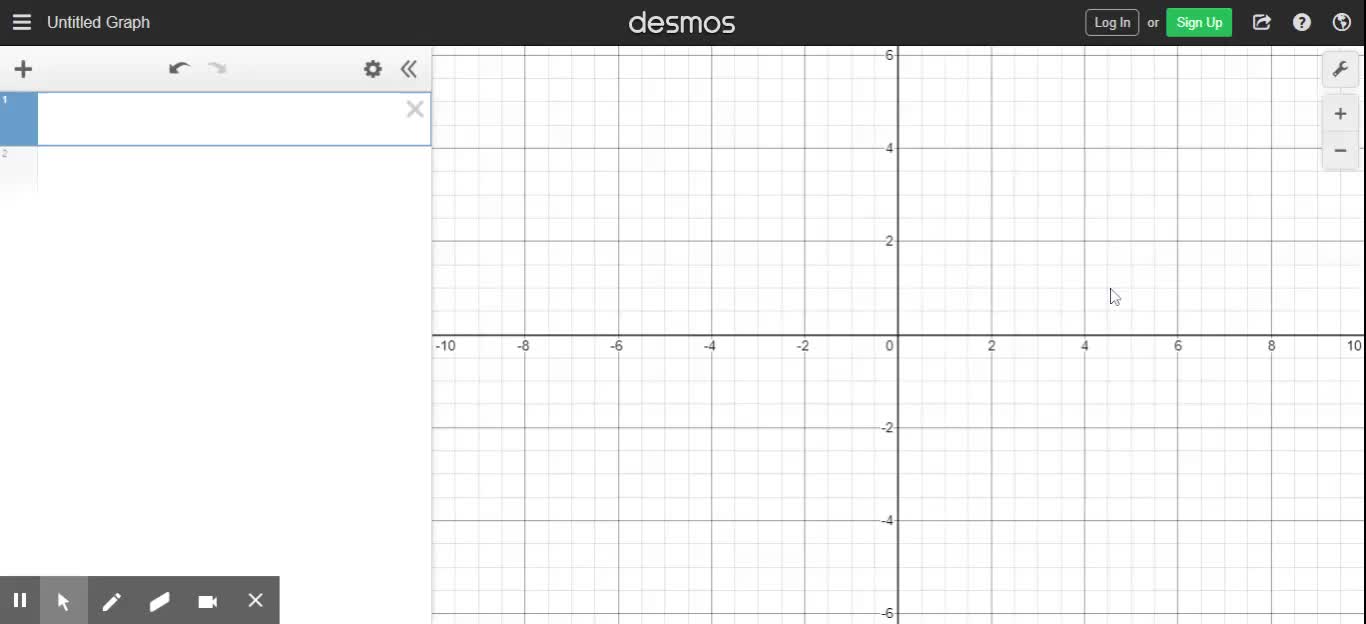Triple Beam Balance
High School / Arts / Art
Welcome to fun with tour. We are your dedicated science teams was point. And we're here today to show you the basic lab tools that we'll use throughout the year. Please play close attention. This means you in the back. Stop. All right, so we have four tools that we're learning. The first one is a triple beam balance. You will also be learning about how to read thermometer. And the meters did yes. And also, I graduated cylinder. Also, if you don't know copper, there's top wrapper. Oh, no. I was going to have a wave, but official lab mascot. First tool we're going to learn about is the triple beam balance. We're going to go over the four parts of the triple beam balance. First part is the pan, also called the tray. This is where you place items that you're measuring the mass for. Next, we have the beans. There are three beams. Hence the name triple B balance. Next part are called the riders. This is the part that you move to find the mass of your item. And our last part is the calibration knob. This is where we brought. To calibrate a triple beam balance, first you have to make sure all of your riders are at zero. Once they're at zero, you're going to turn the knob forward and backward until it is leveled. Generally, in order to get it to go up, you would move the knob backward. If you want the level to go down, you're going to move the knob forward. Zero is very important, so that you know that the overall scale is able to accurately measure the mass that you want. Get in there. Sometimes it takes some patience. You are also make sure that to make sure it's absolutely at zero that you get eye level with it. It's a little far down. Sometimes it takes a big movement, sometimes a small. You want to check to make sure that it's at zero. Before you measure every mass. And now your triple beam balance is calibrated and ready to use. Next, we're going to measure the mass of a bigger. Okay, so you place your item on the pan, making sure that all of your riders are at zero. Next, you start with the heaviest rider first and move it one digit. Make sure that when you move it, it falls into the groove, and it's not just sitting in between two numbers. You'll hear it in the grid. It doesn't move. It means you need to keep adding mass. Now, that's too much. So you have to move that piece back to the nearest group. Next, you'll start with the second heaviest router. Repeating the process. Now that's too heavy. We go back. One measurement. Now we'll start with the tiniest rider in the front. Gently tap it until you reach a level. There are no groups with the smallest measurement. Make sure you are at eye level to check you found the appropriate mask. And we're there. So now you need to add the different writers. So we start with the largest, which is at 200. The medium one is at ten. And then the smallest one in the front is at 6.6. So that gives us 200 and 16 .6 grams. It's really important. You use the proper SI unit for mass we always use grams. You don't know. It's on the triple beam for you. It's always important to use units because if you don't tell us what you're measuring, we have no idea. It could be grams. It could be numbers of unicorns. It could be ounces. Make sure you always use your SI units when you're doing measurements. Once you found the mask, remove your item from the pan and make sure all of your riders are back to zero. Now let's talk about what not to do with the triple beam balance. You in the back, especially pay attention to this. First, what if I just left my object on there? I go ahead and I take my measurement, it's going to be an accurate because I forgot to calibrate it before I started to do my measurement. But then calibrated means it's at zero, so it's not at zero. It'll be inaccurate. And if I put my object on here and then attempted to calibrate, guess what? It will calibrate because this object will be more mass than what the calibration will allow. So again, you won't get an accurate measurement. Stop that. Oh, sorry. These are the equipment. They are not to be treated. Sorry. Very upset. When you've completed work with your balance also, make sure you're returned to writers to their zero position. Don't forget, if it is in between, that's not 50. That's just not quite a hungry, and you're going to get an end. Inaccurate measurement. That was the triple beam. Hope you enjoyed. So this concludes our first edition of fun with tools. We hope you've enjoyed it, and we hope you've learned much about the lab tools that you will use this year. Thanks for watching. Bye. Bye. And our last part is the calibration knob. This is where we brought.


